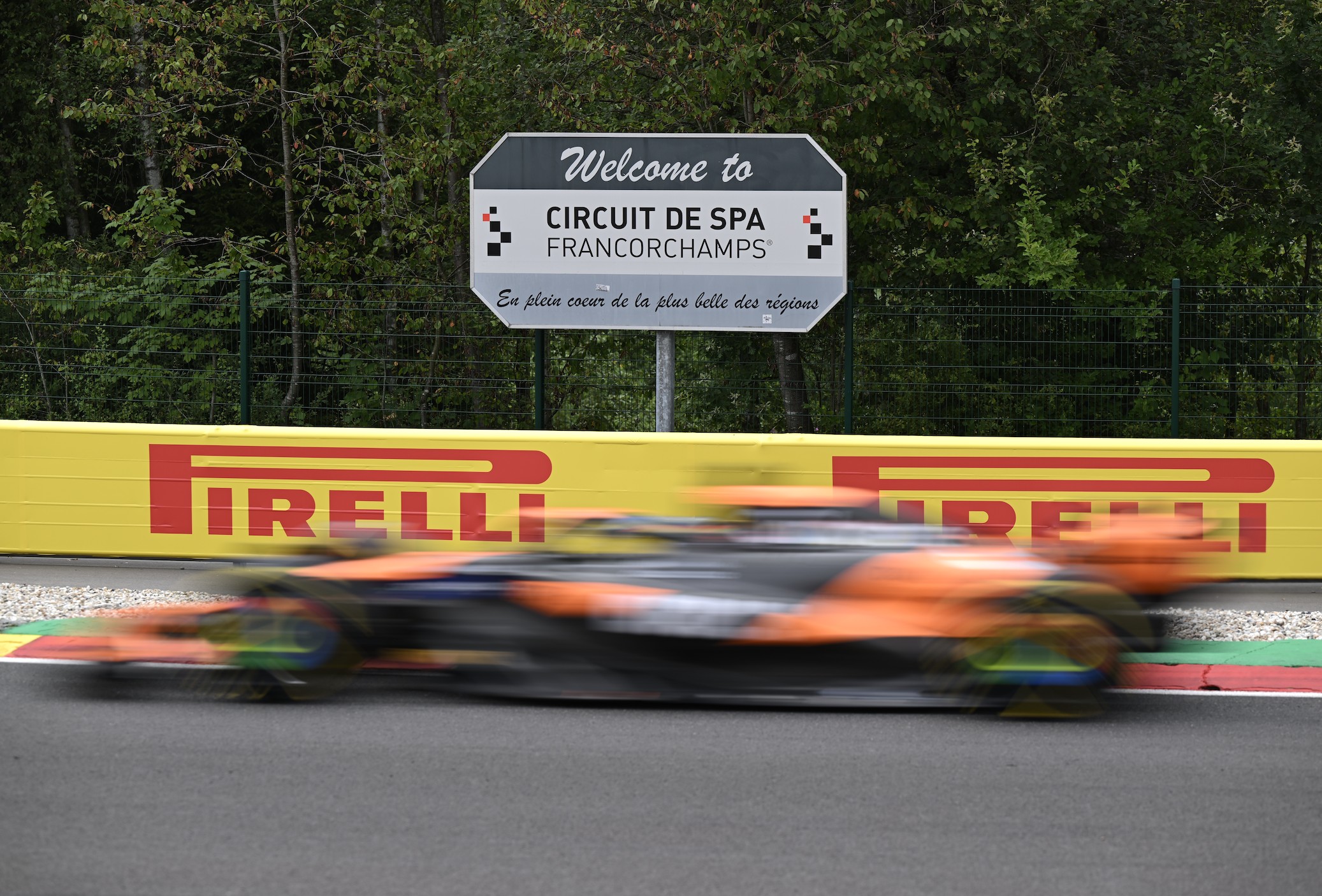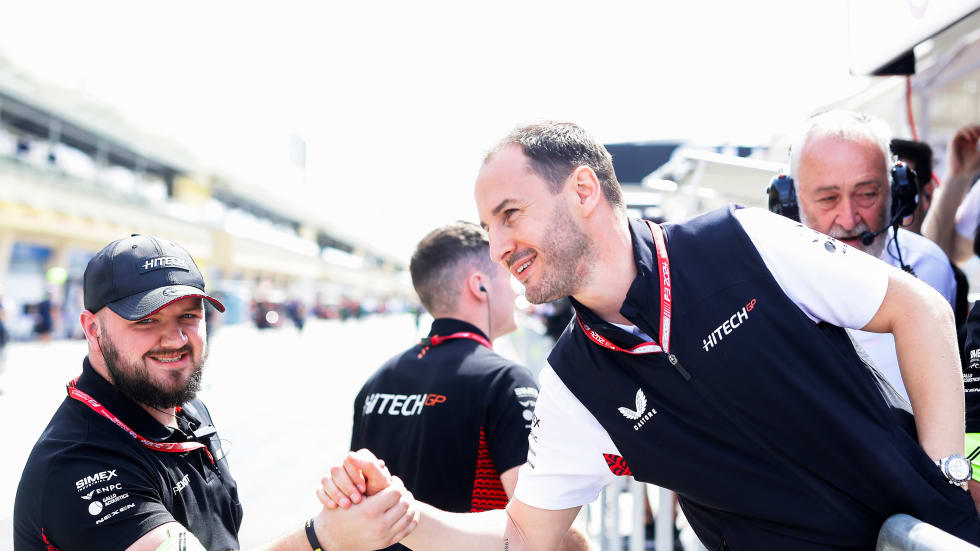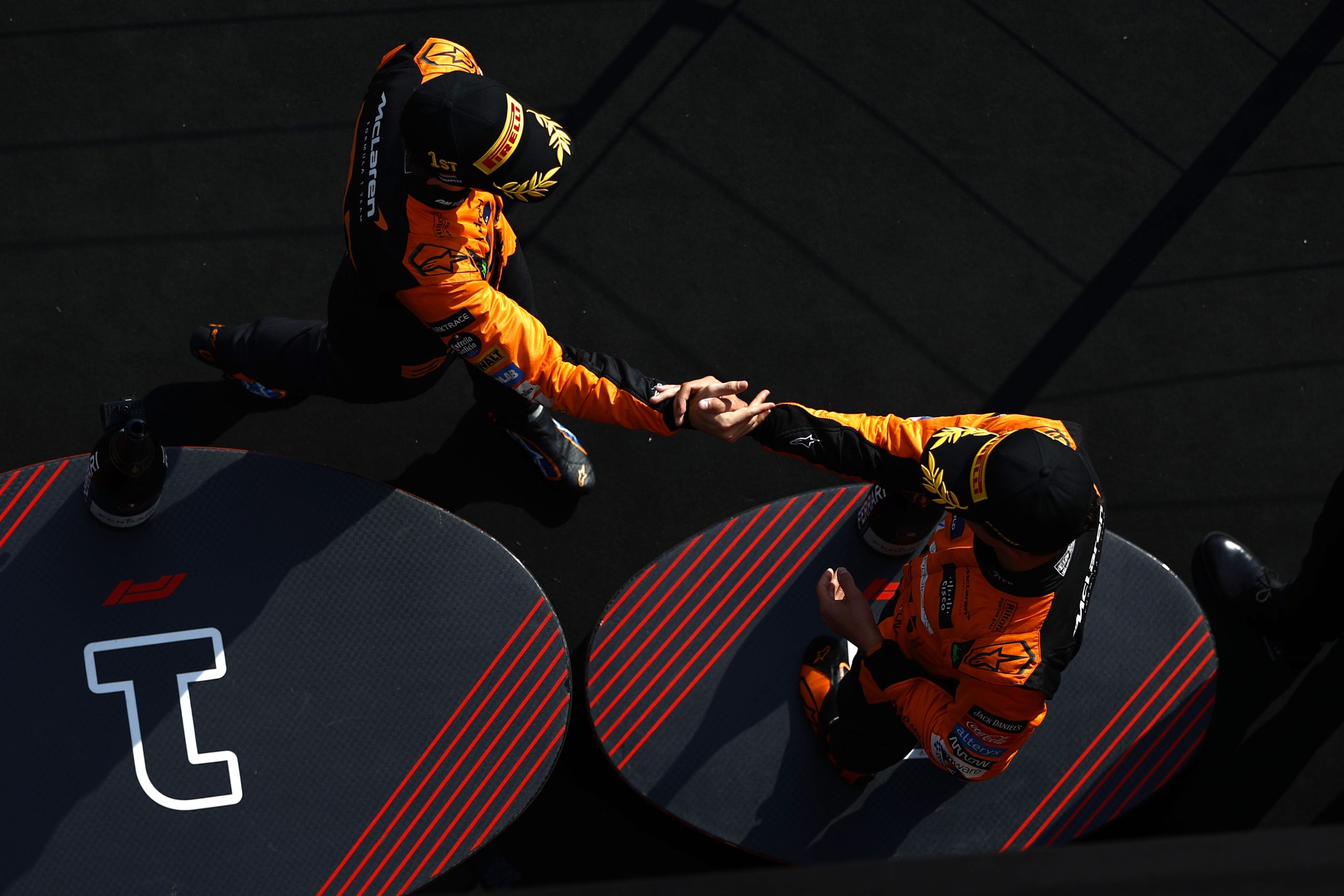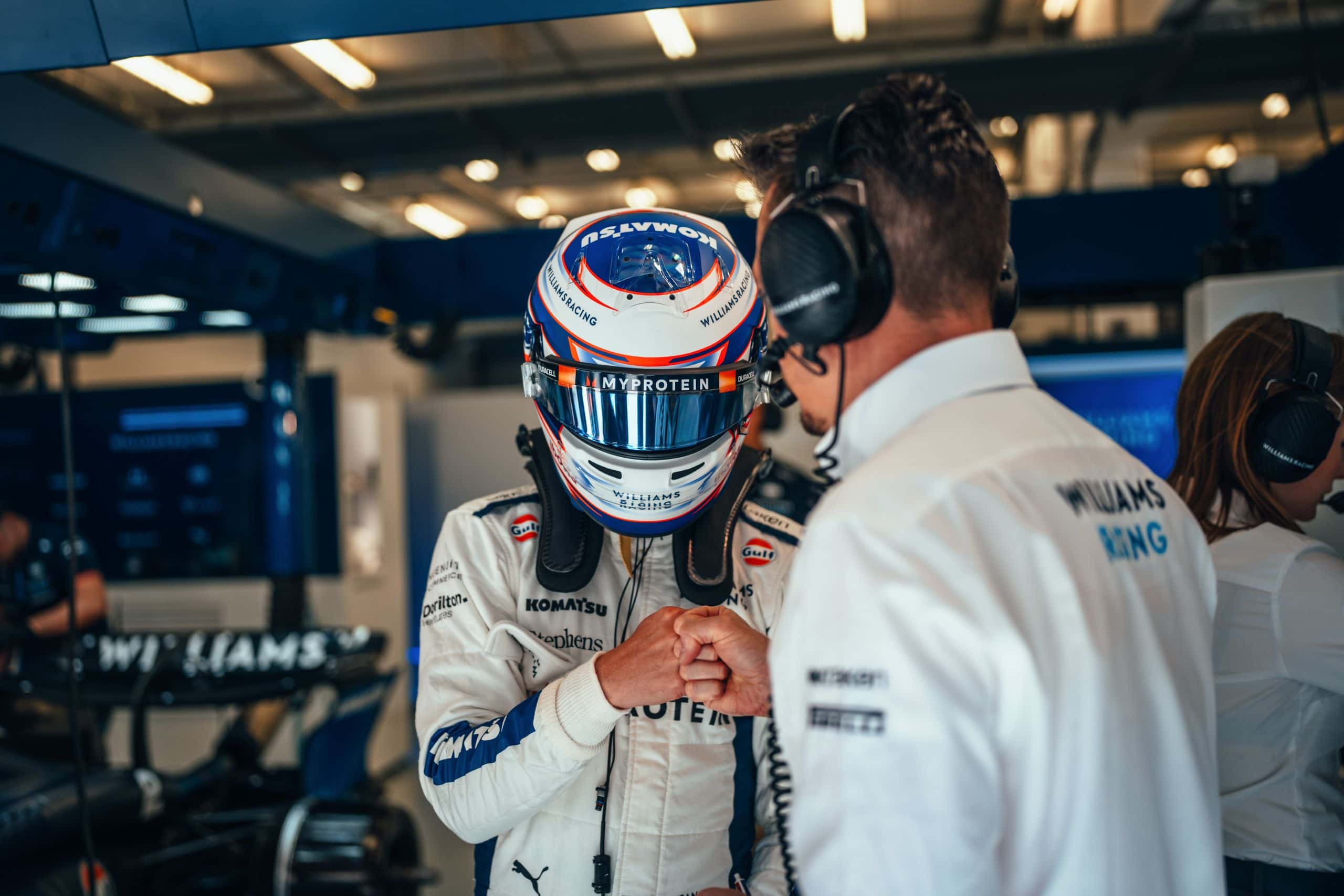Formula 1 Drivers and Their Pre-Season Training (What Fernando Alonso Has Done Will Shock You)

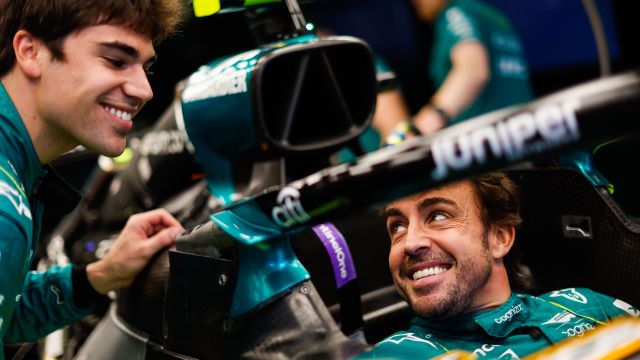
Formula 1, the pinnacle of motorsport, demands exceptional physical and mental conditioning from its drivers. The high-speed nature of F1 racing, coupled with the gravitational forces experienced during tight corners and rapid acceleration, necessitates drivers to be at the peak of their physical fitness. In this comprehensive article, we will delve into the intricate world of how Formula 1 drivers train for the season ahead, exploring the physical, mental, and strategic aspects of their preparation. The upcoming season is looking like the toughest to date, lasting ten months, 24 races, five double headers, three triple headers making this F1’s longest-ever season. We take a look at Formula 1 drivers and their pre-season training.
Understanding the Physiological Demands of Formula 1
Before delving into the specifics of training, it’s crucial to grasp the physiological demands placed on Formula 1 drivers during a race. The cockpit of an F1 car becomes a high-stakes environment where drivers experience extreme G-forces, rapid changes in direction, and elevated heart rates. These factors necessitate drivers to possess extraordinary physical endurance, strength, and mental resilience, required of Formula 1 drivers and their pre-season training.
Every driver has differences when it comes to fitness programmes, although the majority of their regimes are based around gym work. Most drivers employ their own personal trainers to manage their training and recovery throughout the year, and this relationship is one of the most crucial to being successful on track.
Cardiovascular Conditioning: The Foundation of Endurance
Cardiovascular conditioning forms the bedrock of Formula 1 drivers’ training regimens. Given the sustained high heart rates experienced during a race, drivers focus on building and maintaining cardiovascular endurance. This involves a combination of aerobic exercises such as long-distance running, cycling, and swimming.
Drivers often engage in long-distance runs to simulate the endurance required during a Grand Prix. Cardiovascular workouts not only enhance stamina but also contribute to improved oxygen utilization, critical for sustaining focus and performance under duress. Some drivers take their fitness levels to extremes. Former drivers Mark Webber and Jenson Button were comfortable enough in their fitness to share training sessions with Olympians.
Strength Training: Building the Foundation of Resilience
Strength training becomes an integral part of their pre-season preparation, focusing on specific muscle groups crucial for driving and preparing the Formula 1 drivers and their pre-season training.
Core strength is paramount, as it forms the link between the upper and lower body during maneuvers. Compound exercises like squats, deadlifts, and planks are incorporated to fortify the core muscles. Additionally, neck muscles, subjected to considerable strain due to the G-forces experienced, are specifically targeted through neck exercises and resistance training.
Daniel Ricciardo and his trainer Michael Italiano, use a combination of traditional ab exercises and F1-specific positions. The former includes a 4-move series, hollow body holds (45 seconds), side planks (45 seconds), prone planks (90 seconds), and swimmers (15 reps), for 5 sets, with 30 seconds of rest between exercises and 2 minutes between sets. For a more driver- centric exercise, Ricciardo sits on a med ball with his feet extended on a Bosu ball. He holds a weight plate like a steering wheel, twisting it back and forth.
Lando Norris is one driver who favours working with a band system, over the winter break Norris posted social media videos titled ‘Neck Day’ and ‘Neck Day (again)’, during these videos we see Norris as he visibly strains against the harness.
Agility and Reflex Training: Sharpening the Mind-Body Connection
The split-second decisions and rapid reflexes required during a Formula 1 race make agility and reflex training crucial components of a driver’s preparation. Drills involving quick changes in direction, reaction time exercises, and hand-eye coordination activities contribute to sharpening the mind-body connection.
Agility ladder drills, cone exercises, and reaction ball training are commonly employed to enhance a driver’s ability to respond swiftly to unpredictable situations on the track. This training not only hones physical attributes but also contributes to mental sharpness, a critical aspect of navigating the complexities of F1 racing.
Nutritional Excellence: Fueling the Engine Within
Training for Formula 1 is not limited to physical and mental conditioning; it extends to nutritional excellence. A driver’s body is the engine that propels the car, and the fuel it receives plays a pivotal role in the performance of Formula 1 drivers and their pre-season training.
Formula 1 drivers adhere to meticulously crafted nutrition plans, ensuring they receive the optimal balance of macronutrients and micronutrients. Carbohydrates are prioritized to provide the energy required during races, while proteins aid in muscle repair and recovery. Hydration is closely monitored, given the significant fluid loss experienced in the heat of the cockpit. As you will see below in our diet plan shared by McLaren no stone is left unturned when it comes to ensuring maximum results.
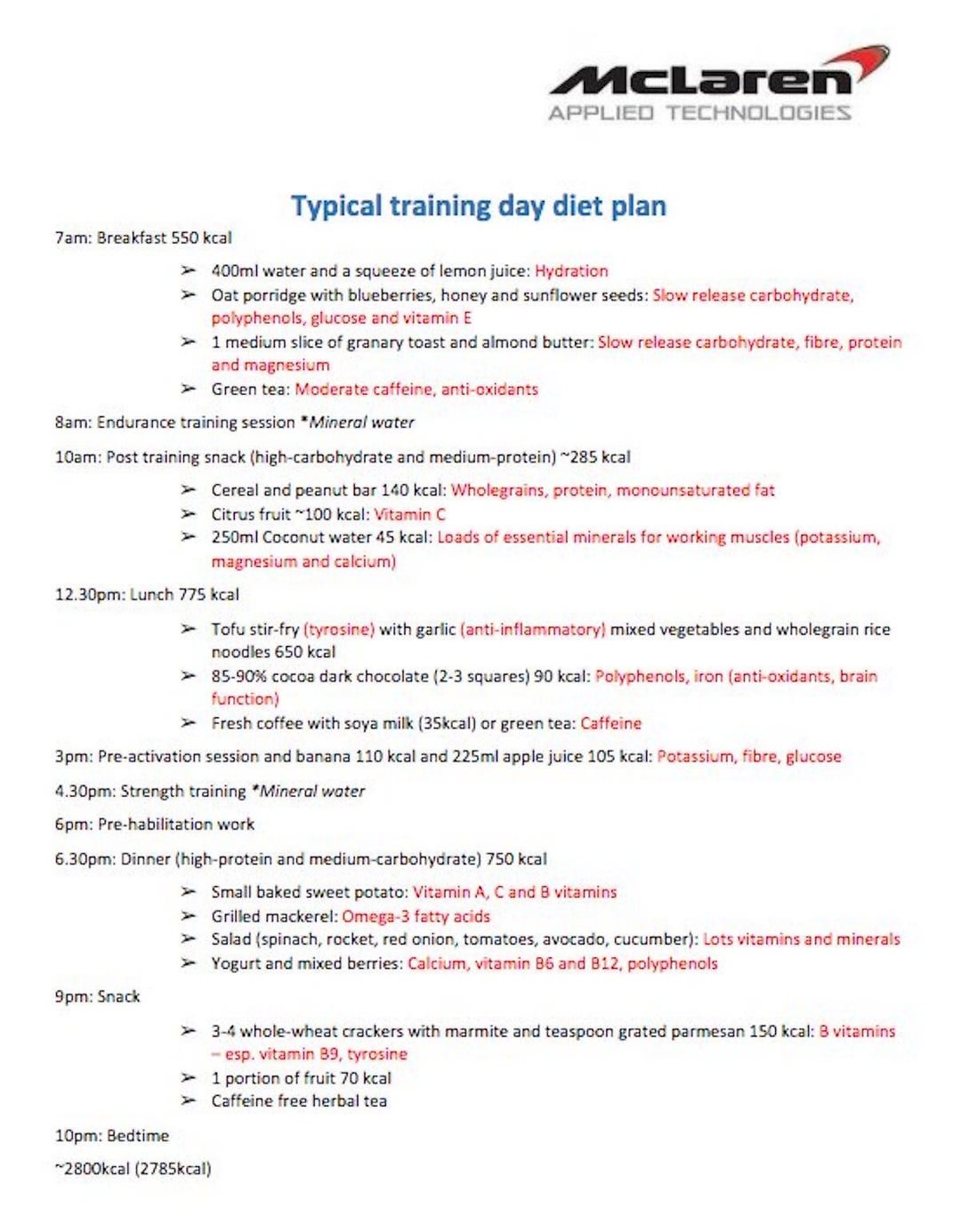
Vegetarian Diet
This off-season marks the first time Fernando Alonso has integrated nutritionists into his training regimen, moving his diet “towards the vegetarian route, although it is not completely strict”. He notes that this dietary adjustment has allowed him to “extract more energy from the food I eat and from the body’s reserves, and thus have better endurance.” According to Alonso, the annual training assessments conducted in the altitude of the Italian Alps indicate that his muscular fitness has returned to “maximum levels” not seen since his younger years.
In an interview with Men’s Health, Lewis Hamilton the seven-time champ discussed his physical approach to F1, alongside how a key dietary change, his decision to follow a plant-based diet, led to a “marked improvement in my fitness level” and made him “more mobile and in better shape” than he was a decade ago.
Hamilton goes on to say “When I was young, I had a lot of energy and felt I could do anything. I didn’t have a strategy, and I didn’t stretch. I just got in the car and drove to win. But over the years, I’ve experimented with a number of different disciplines, like boxing and muay Thai. These days, I do lots of pilates, focusing on the core, the muscles beneath the muscles.
Mental Resilience and Focus: The Unseen Challenge
While physical training is tangible and measurable, the mental aspect of Formula 1 is equally—if not more—crucial. Drivers must navigate a delicate balance between focus, resilience, and strategic decision-making over the course of a race weekend.
Mental resilience training involves techniques such as visualization, mindfulness, and cognitive exercises. Visualization allows drivers to mentally rehearse races and scenarios, reinforcing their ability to make split-second decisions. Mindfulness techniques aid in staying present and focused during high-pressure situations, while cognitive exercises enhance memory and cognitive function.
Recovery: The Unsung Hero of Performance
Training for Formula 1 is a relentless pursuit of excellence, but the importance of recovery should not be underestimated. The physical toll exacted by high-intensity training and the stress of racing necessitate adequate rest and recovery strategies.
Formula 1 drivers prioritize sleep as a cornerstone of recovery, ensuring they get sufficient rest to facilitate muscle repair and cognitive rejuvenation. Additionally, recovery modalities such as ice baths, massage, and stretching play a crucial role in minimizing muscle soreness and promoting flexibility. Playing a crucial role for Formula 1 drivers and their pre-season training.
Adaptability: The Key to Sustained Success
One of the defining characteristics of successful Formula 1 drivers is their adaptability. The ability to adjust training regimens based on evolving race strategies, technical developments, and personal feedback is paramount in preparing Formula 1 drivers and their pre-season training.
Adaptability extends beyond physical training to encompass mental resilience and strategic acumen. A driver’s capacity to swiftly adapt to changing track conditions, unforeseen scenarios, and the evolving dynamics of a race weekend sets the stage for sustained success in Formula 1.
Typical Race Week of a Driver
Alpine Racine Team’s Pierre Gasly, puts in work with his performance coach, Ben Thorne. As stated in a 2023 interview with Men’s Journal.
These workouts comprise warmup drills like catching tennis balls and using the Blaze Pod system. Then Gasly warms up his neck with the Gatherer Systems Harness. During the weekend, before Gasly gets on the track, Thorne will have him hit a quick session focused on mobility and activating the body. According to Thorne, these drills not only help the driver activate his reflexes, but also help him refocus on the task at hand.
Following the race weekend, Gasly is right back in the gym almost immediately for a recovery session with Thorne that starts off with foam rolling on Monday. Tuesday is probably the heaviest workout they do, including free weight exercises like the dumbbell bench press and dumbbell bench row to build power. From there, it’s time to start the process over again, flying into the next location in a process that will be repeated 23 times over the season.
A Champions Formula
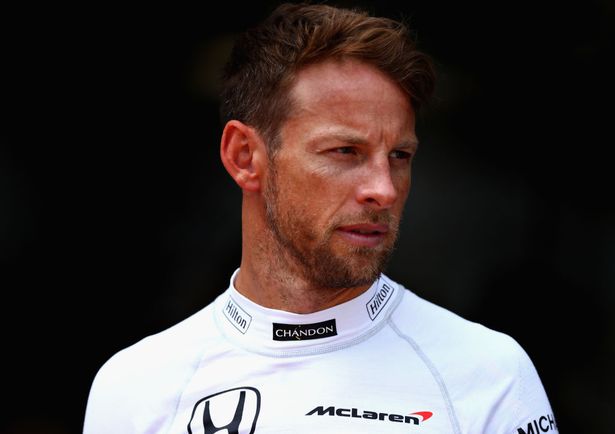
In a 2015 interview with Men’s Health former F1 World Champion Jenson Button, shared some of his secrets of success. When asked what his training consisted of Button replied “Weights and core strength – I’m just addicted to them. I mostly do them in the gym, but I love getting out too. I love swimming, cycling and running too because they’re great for getting away from everything, especially because my job is so loud. I think a lot of people go to the gym because they feel like they’ve got to go there – even if they’re not actually doing anything.”
Button states he’s specifically careful with what he puts into his body “I’m very careful with what I eat. I don’t eat processed food; I don’t eat things that aren’t natural. Basically, I eat like people did 50 years ago. If I’m training then I eat vegetables, fish, meat and some carbohydrates, but if not then I stick to an extremely low-carb diet”.
Formula 1 drivers and their pre-season training: Final Thoughts
Training for the Formula 1 season is a multi-faceted journey that goes beyond the confines of physical fitness. Formula 1 drivers are modern-day athletes who navigate a complex web of physical, mental, and strategic challenges in their quest for racing glory.
From cardiovascular conditioning to simulator sessions, strength training to mental resilience training, Formula 1 drivers embark on a holistic journey that prepares them for the rigors of the upcoming season. As the countdown to the first race intensifies, drivers find themselves at the convergence of physical prowess, mental acuity, and strategic finesse. The road to racing glory is paved with sweat, dedication, and an unwavering commitment to excellence.
In the final weeks leading up to the season opener, drivers undergo a meticulous tapering process. Training volumes are reduced to ensure peak physical condition on race day while minimizing the risk of fatigue-related errors. This delicate balance between maintaining fitness and allowing the body to recover is a testament to the precision with which Formula 1 drivers approach their preparation.
In the relentless cycle of the Formula 1 calendar, the training process becomes a perpetual evolution. Between races, drivers engage in a delicate balancing act, managing physical fitness, mental well-being, and strategic preparation. The adaptability that defines their success extends beyond the track to the training regimen, allowing them to adjust and refine their approach based on real-time feedback from the races. Allowing them to get the critical information to use for the Formula 1 drivers and their pre-season training.
Beyond the physical and mental aspects, the support structure surrounding Formula 1 drivers plays a pivotal role. Teams invest in state-of-the-art facilities, employ expert trainers, physiotherapists, and nutritionists, all working in unison to optimize performance. The collaborative effort ensures that drivers receive personalized attention, enabling them to maximize their potential and navigate the multifaceted challenges of the sport.
As the season progresses, the cumulative effect of the pre-season training regimen becomes evident. Endurance transforms into resilience, strength translates into control, and mental acuity evolves into strategic prowess. Each lap, each race becomes a canvas upon which the culmination of months of dedication and preparation is painted.
In the ever-evolving world of motorsport, Formula 1 drivers and their pre-season training regimen remains a cornerstone of success. Formula 1 drivers, the modern gladiators of the racetrack, embark on a journey that transcends the limits of human performance. As they strap into the cockpit, the culmination of their training unfolds in the roar of engines, the screech of tires, and the pursuit of victory.
What’s your thoughts on Formula 1 drivers and their pre-season training? It is a testament to the work behind the scenes that very little has changed over the past 10 years with Formula 1 drivers and their pre-season training.

